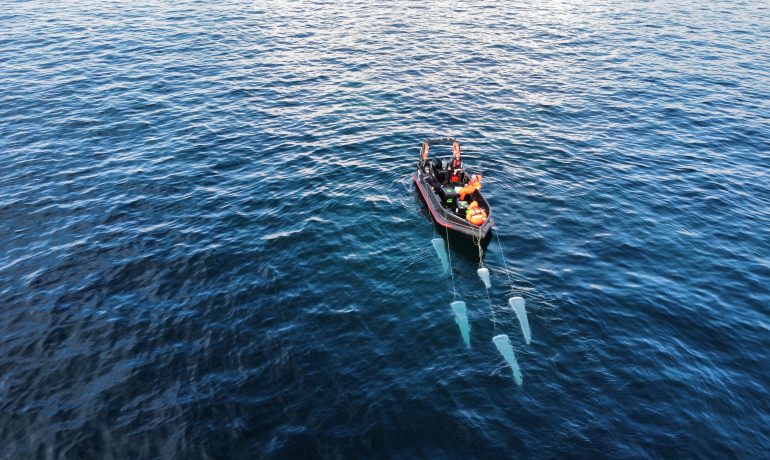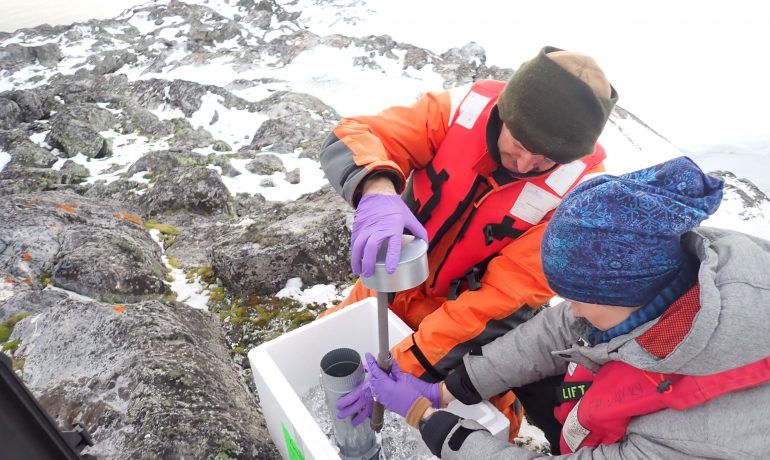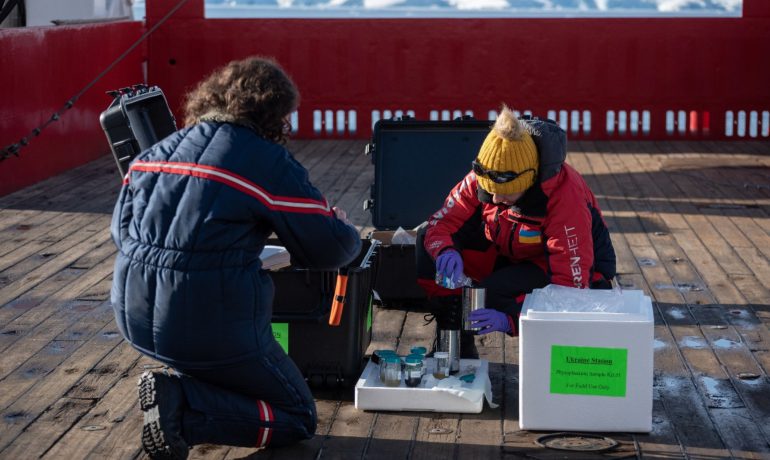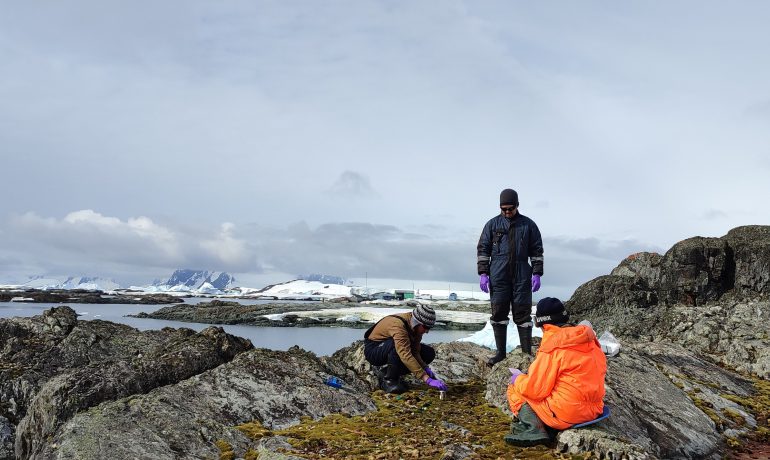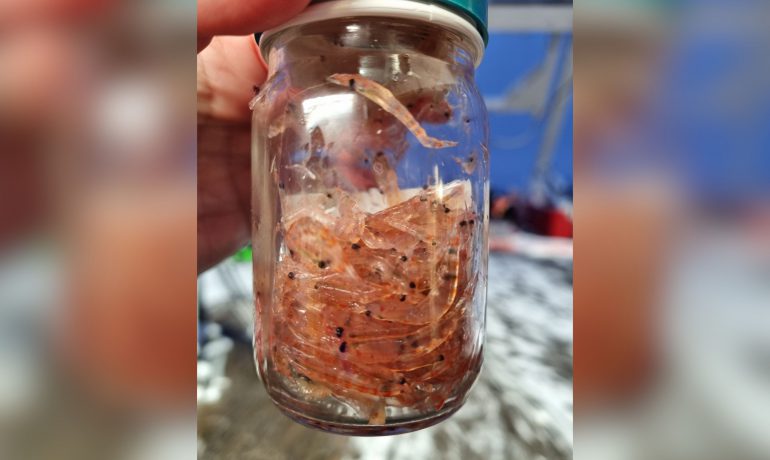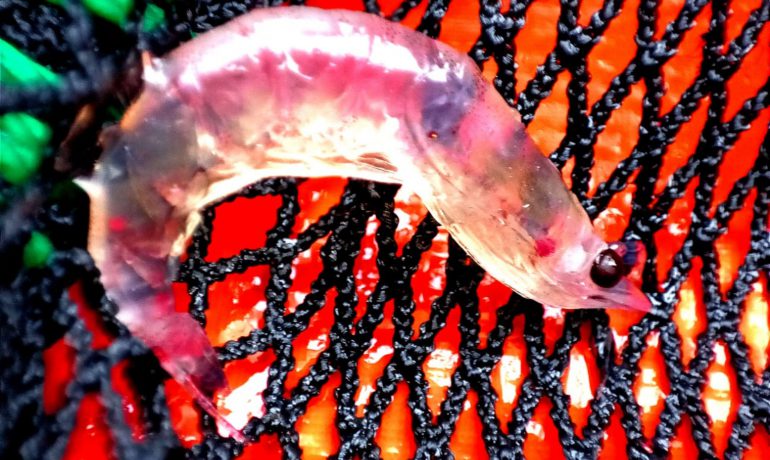During last Antarctic season, namely in March-April 2024, NASC scientists took samples from different matrix in frame of a large international study of the possible occurrence of silicones in the Antarctic. This study is implemented jointly with Silicones Europe, a non-profit trade organisation representing all major producers of silicones in Europe.
The focus of the study is to fix the presence / absence of the cyclic volatile methyl siloxanes in different environments on and around the Antarctic Peninsula (near the Vernadsky station).
Our researchers took the following samples:
- Air: 3 months ago, 5 passive air samplers were installed at Galindez island, as well as surrounding islands, later the scientists extracted the filters from the samplers for further analysis in the lab;
- Bottom sediments: 5 samples were taken from the sea bottom near our station using a special corer;
- Antarctic soils and mosses: per 5 samples of both soils and mosses were scrabbed carefully at different islands;
- Phytoplankton: per 5 samples of phytoplankton were filtered from ocean waters from zodiacs and from the board of “Noosfera”;
- Antarctic krill: to find where the krill is concentrated in the Southern Ocean was not an easy task, even if you chase it from the board of a big research vessel:) But finally, our scientists using ecosounder identified the krill current locations and further by special nets managed to take 4 samples of this crucial organism for Antarctic food chain.
Isabel Sauermilch, foreign senior Consultant, who worked jointly with Ukrainian scientists in field sampling highly evaluated their work. She mentioned: “I am grateful to the team for their meticulous documentation of activities, adhering closely to standard operating procedures, and maintaining strict measures to avoid sample contamination. Their professionalism and dedication ensured the integrity and reliability of our data throughout the expedition… I eagerly anticipate potential future collaborations and continued contributions to scientific endeavors”.
From the side of NASC we are very grateful to Isabel for the perfect guidance and practical support in all elements of this special project. We express our appreciation to Silicone Europe for purchase a lot of necessary scientific equipment for high-quality sampling for the NASC, which can be further used in different research projects.
What is further?
Now all samples properly frozen are travelling on board of “Noosfera” to Cape town (South African Republic). After its arrival in May all the samples will be sent to Norway. There, scientists will analyze whether and in what concentrations the cyclic volatile methyl siloxanes are present. By the end of 2024, it is expected to have the initial results of the research. They will help to assess the level of silicon distribution in the environment. Studying whether they are present in the Antarctic will help us understand if these silicones are transported by air and water over long distances.
We will inform you about the further progress of the project.
Photo: Anastasia Chyhareva, Isabel Sauermilch, Yurii Shepeta, Anna Torgonenko, Marta Dzyndra


